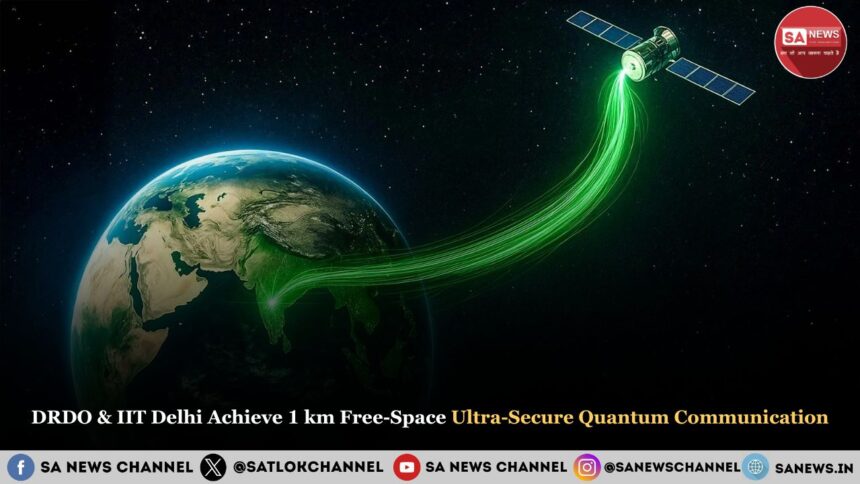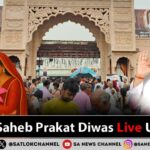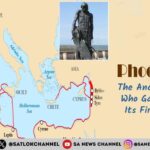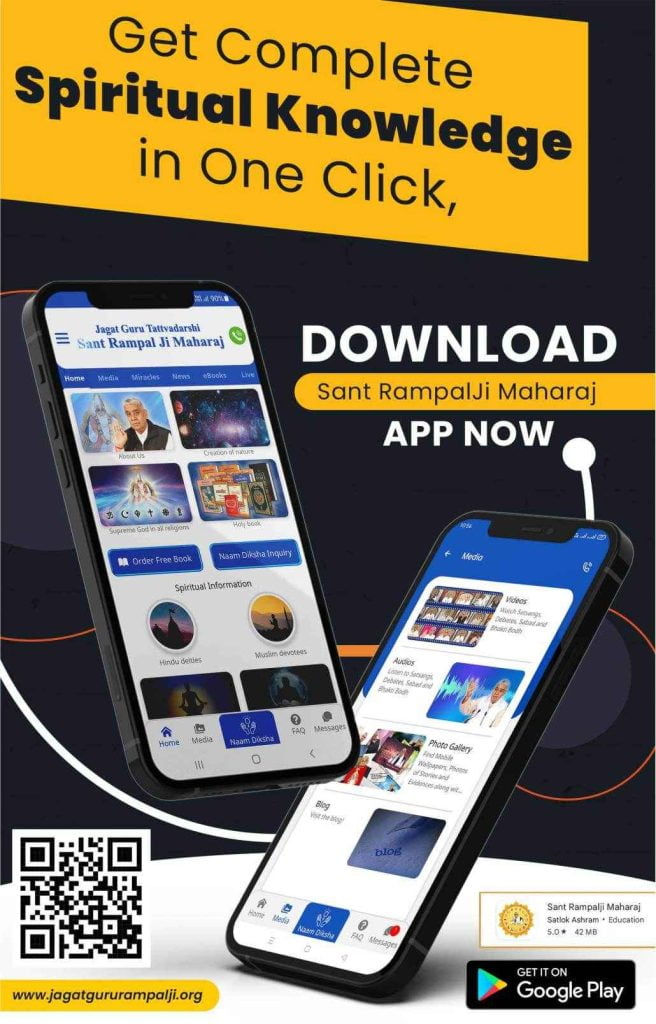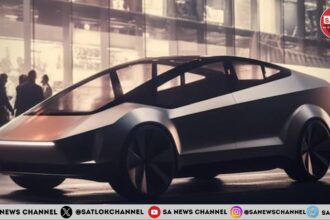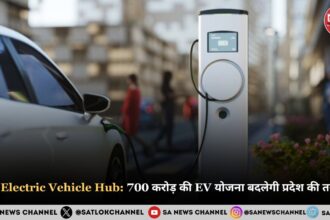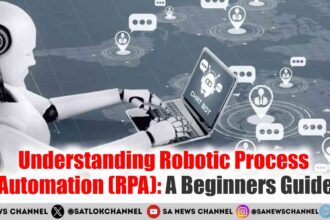In a landmark achievement for India’s defence and cyber capabilities, the Defence Research and Development Organisation (DRDO) and IIT Delhi have successfully demonstrated free-space quantum-secured communication using quantum entanglement over a distance of more than 1 kilometre in open air.
- Key Points about Free-Space Quantum-Secured Communication Over 1 km:
- What Makes Free-Space Quantum Communication So Secure?
- Why Is Free-Space QKD Revolutionary?
- Last Year’s QKD Milestone
- What Is Quantum Entanglement?
- A Brief History of Quantum Entanglement
- Connecting with the Infinite
- FAQs on Quantum Entanglement & QKD
The team established a real-time quantum-secure optical link at IIT Delhi campus, achieving a secure key rate of 240 bits per second with an extremely low error rate, setting a new benchmark for military-grade communication security.
Key Points about Free-Space Quantum-Secured Communication Over 1 km:
- Free-space quantum-secure communication tested successfully
- Optical link established over 1 km
- 240 bits/sec secure key rate with ultra-low error rate
- Hack-proof, eavesdrop-resistant system
- No fiber, works in open air, ideal for military, drones, and satellites
What Makes Free-Space Quantum Communication So Secure?
The backbone of this breakthrough lies in Quantum Key Distribution (QKD), a technology that uses principles of quantum physics to generate encryption keys that are impossible to hack without detection.
Even though the communication travels through free-space (no optical fiber involved), it remains completely secure because any eavesdropping attempt would disturb the quantum state and immediately alert the system.
Why Is Free-Space QKD Revolutionary?
Does not require optical fiber, works via open air using lasers and antennas.
Enables satellite-based QKD and secure drone communication.
Essential for submarines, battlefield communications, and cyber agencies.
Provides hack-proof, future-ready secure networks for defence.
Last Year’s QKD Milestone
In 2024, DRDO & IIT Delhi had successfully transmitted quantum-secured keys over 100 km, but that was through standard telecom fiber.
This time, the free-space demonstration eliminates the dependency on fiber, paving the way for satellite-based QKD and secure mobile military networks.
What Is Quantum Entanglement?
Quantum entanglement is a phenomenon where two or more particles become linked in such a way that the state of one particle instantly influences the other, no matter how far apart they are. The quantum state of any one particle cannot be described independently of the others.
A Brief History of Quantum Entanglement
- 1935: Albert Einstein, Boris Podolsky & Nathan Rosen describe the phenomenon in their famous “EPR paradox.”
- 1935: Schrödinger coins the term “entanglement.”
- 1964: John Stewart Bell proves the concept mathematically (Bell’s Theorem).
- 1980s: Alain Aspect & others demonstrate entanglement experimentally, violating classical physics.
Connecting with the Infinite
In this era of quantum networks, AI, and space-age innovations, one eternal truth remains:
“Technology connects people, satellites link continents, quantum networks secure data, but only a True Saint can connect the soul to the Supreme Almighty.”
And yes, true mantras given by a true Saint are the only timeless connection that needs no batteries, no upgrades, yet works always.
To explore more about true worship & the eternal connection, visit: https://www.jagatgururampalji.org/en/
FAQs on Quantum Entanglement & QKD
1. Does quantum entanglement allow communication faster than light?
No, although entanglement links particles across distances instantly, it cannot transmit usable information faster than light.
2. How is quantum entanglement created?
It can be created via:
- Particle interactions (e.g., electron collisions)
- Decay processes
- Laser excitation (photon pairs via spontaneous parametric down-conversion)
3. Can entanglement be broken?
Yes, entanglement is fragile and easily disturbed by environmental factors (decoherence).
4. What is QKD?
Quantum Key Distribution is a method that uses quantum physics to securely exchange encryption keys between two parties, unhackable and instantly alerts in case of intrusion.
5. What was DRDO & IIT Delhi’s 100 km QKD milestone?
In 2024, DRDO & IIT Delhi transmitted quantum-secure keys over 100 km using optical fiber. The current 1 km free-space demonstration is even more revolutionary, enabling satellite & battlefield applications.


